Introduction
Amyguo, a traditional delicacy hailing from the southern regions of China, particularly prevalent in Jiangxi province, is a delightful fusion of sweet and savory flavors wrapped in a soft, glutinous exterior. Also known as “Aimeiguo” or simply “Amyguo,” this treat is often associated with festivals and special occasions, symbolizing unity, prosperity, and the warmth of family gatherings. While its exact origins may be shrouded in mystery, the charm of Amyguo lies in its simplicity and the ability to evoke nostalgia in those who taste it.
In this comprehensive guide, we will delve into the art of making authentic Amyguo, from selecting the right ingredients to mastering the delicate balance of flavors. Whether you’re a seasoned chef or a novice baker, this step-by-step tutorial will ensure that your Amyguo turns out perfectly, capturing the essence of this timeless treat.
Chapter 1: Understanding the Basics of Amyguo
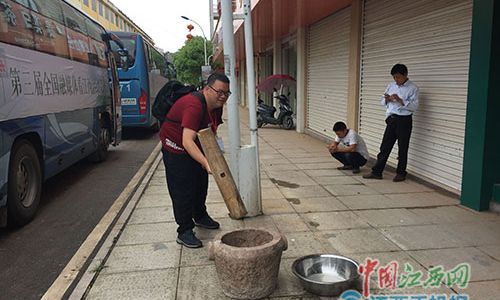
Before diving into the recipe, it’s crucial to understand the fundamental components of Amyguo. At its core, Amyguo consists of a glutinous rice dough wrapped around a variety of fillings, which can range from sweet (such as red bean paste, sesame paste, or lotus seed paste) to savory (including mushrooms, bamboo shoots, and pork). The dough is typically steamed to achieve its signature soft and sticky texture.
Key Ingredients:
- Glutinous Rice Flour: The backbone of Amyguo’s dough, providing the sticky, chewy texture.
- Water or Milk: Used to bind the flour and create a smooth dough.
- Sugar: Optional, for added sweetness, especially in dessert versions.
- Fillings: The heart of Amyguo, ranging from sweet to savory options.
- Baking Powder or Yeast: To give the dough a slight lift and make it lighter.
- Vegetable Oil: For greasing and preventing sticking.
Tools and Equipment:
- Mixing Bowls: For preparing the dough and fillings.
- Steamer: Essential for cooking Amyguo.
- Parchment Paper or Banana Leaves: To line the steamer and prevent sticking.
- Rolling Pin: For flattening the dough.
- Knife: For cutting and shaping.
- Spoon: For handling the sticky dough and fillings.
Chapter 2: Preparing the Dough
The dough is the foundation of Amyguo, and its preparation requires precision and patience. Here’s how to make the perfect glutinous rice dough:
Step 1: Measure Ingredients
Begin by measuring out the glutinous rice flour, water (or milk), sugar (if using), and baking powder or yeast. The ratio of flour to liquid will vary depending on the desired consistency, but a good starting point is 1 part liquid to 1.2 parts flour.
Step 2: Mix Dry Ingredients
In a large mixing bowl, combine the glutinous rice flour and baking powder or yeast. If using sugar, add it to the dry ingredients and mix well to distribute evenly.
Step 3: Add Liquid
Gradually pour in the water or milk, stirring continuously with a wooden spoon or chopsticks to avoid lumps. The dough should be soft but not overly sticky. If it’s too sticky, add a bit more flour; if it’s too dry, add a splash more liquid.
Step 4: Knead the Dough
Transfer the dough to a lightly floured surface and knead for about 5-10 minutes until it becomes smooth and elastic. Cover the dough with a damp cloth to prevent it from drying out while you prepare the fillings.
Chapter 3: Preparing the Fillings
The versatility of Amyguo lies in its diverse range of fillings. Here, we’ll explore both sweet and savory options:
Sweet Fillings:
-
Red Bean Paste: Cook red beans until tender, then mash or blend them into a paste. Sweeten with sugar to taste and mix in a little vegetable oil to achieve a smooth consistency.
-
Sesame Paste: Toast sesame seeds until golden, then grind them into a fine powder. Mix with sugar and a bit of vegetable oil to form a paste.
-
Lotus Seed Paste: Similar to red bean paste, lotus seeds are cooked, mashed, sweetened, and mixed with oil for a smooth texture.
Savory Fillings:
-
Mushroom and Pork: Finely chop mushrooms, pork, and season with soy sauce, salt, pepper, and sesame oil. Cook until the pork is fully browned and the mushrooms are tender.
-
Bamboo Shoots and Pork: Prepare similarly to the mushroom and pork filling, substituting bamboo shoots for mushrooms. Adjust seasoning to taste.
-
Vegetable Mix: Combine finely chopped vegetables like carrots, bell peppers, and green onions with soy sauce, garlic, and sesame oil. Cook until the vegetables are tender.
Chapter 4: Shaping and Wrapping Amyguo
Once the dough and fillings are ready, it’s time to shape and wrap the Amyguo:
Step 1: Divide the Dough
Divide the dough into small, equal portions. The size will depend on how large you want your Amyguo to be. Typically, each portion should be about the size of a golf ball.
Step 2: Flatten the Dough

Using your palms or a rolling pin, flatten each dough portion into a thin circle. Be careful not to make it too thin, as it may tear during wrapping.
Step 3: Add the Filling
Place a spoonful of your chosen filling in the center of the flattened dough. The amount of filling should be neither too little nor too much, as it needs to be fully enclosed within the dough.
Step 4: Seal the Dough
Gently fold the edges of the dough over the filling, pinching them together to seal. Use your palms to shape the Amyguo into a smooth, round ball or another desired shape.
Step 5: Prepare for Steaming
Line the steamer basket with parchment paper or banana leaves to prevent sticking. Place the wrapped Amyguo in the steamer, leaving some space between them to allow for expansion.
Chapter 5: Steaming Amyguo
Steaming is the final step in the Amyguo-making process, and it’s crucial for achieving the perfect texture:
Step 1: Boil Water
Fill the steamer pot with water and bring it to a rolling boil.
Step 2: Place the Steamer Basket
Carefully lower the steamer basket into the pot, ensuring that the water does not touch the bottom of the basket.
Step 3: Steam the Amyguo
Cover the pot and steam the Amyguo for about 15-20 minutes, or until they become translucent and cooked through. The exact timing will depend on the size of your Amyguo.
Step 4: Check for Doneness
To check if the Amyguo are done, carefully remove one from the steamer and let it cool slightly. Cut it in half to ensure that the dough is cooked and the filling is heated through.
Chapter 6: Serving and Enjoying Amyguo
Once steamed, Amyguo are ready to be served and enjoyed:
Step 1: Cool Slightly
Allow the Amyguo to cool slightly before handling, as they will be very hot and sticky.
Step 2: Serve
Place the Amyguo on a serving plate lined with parchment paper or a clean kitchen towel to absorb any excess moisture.
Step 3: Enjoy
Serve Amyguo warm, with a dipping sauce if desired (such as soy sauce, chili sauce, or honey). They can be enjoyed as a dessert or a snack, and pair wonderfully with a cup of tea or coffee.
Conclusion
Making Amyguo is not just a culinary endeavor but a journey through tradition and flavor. Each step, from preparing the dough to selecting the perfect filling and steaming to perfection, requires attention to detail and a love for the process. By following this guide, you’ll be able to create authentic Amyguo that not only satisfy your taste buds but also bring a sense of warmth and nostalgia to your table. Whether you’re celebrating a special occasion or simply enjoying a quiet evening at home, Amyguo are sure to become a cherished part of your culinary repertoire. Happy baking!

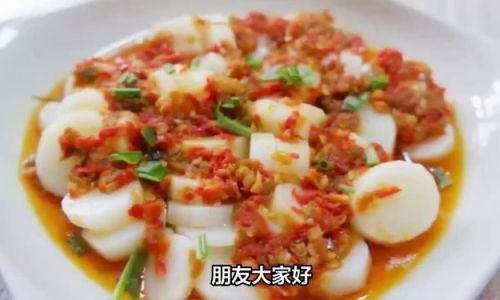
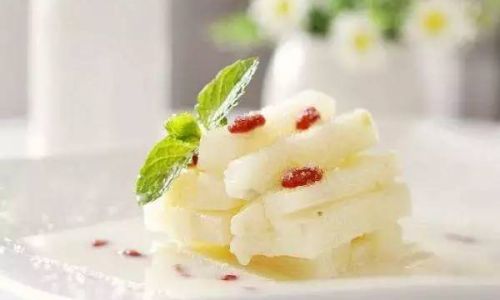
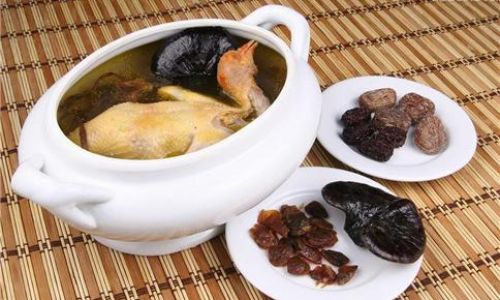
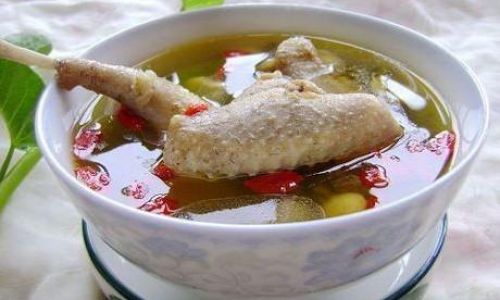
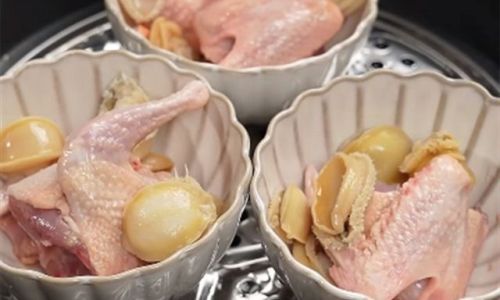
0 comments